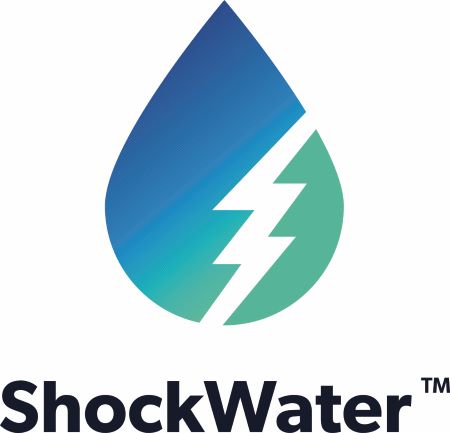Shale oil and gas development remains central to global energy output, but as environmental scrutiny grows, the regulatory focus on water use, treatment, and disposal is tightening. For shale operators, service companies, and technology providers, the ability to adapt and comply without losing production momentum will define competitive advantage. In this evolving regulatory landscape, flexibility in water management is no longer optional. It is mission-critical.
How Regulatory Change Is Reshaping Shale Water Operations
Federal and state agencies are tightening parameters on total dissolved solids, radionuclide content, and injection volumes, often in response to public concerns about seismicity and contamination. These regulatory shifts are prompting a reassessment of the entire produced water lifecycle. From sourcing and transport to reuse and final disposal, every stage of water handling must now be measured against stricter compliance standards.
As a result, the focus is moving from high-volume disposal toward modular reuse systems, smart water analytics, and integrated treatment infrastructure. In regions with high seismic sensitivity, operators are under growing pressure to adopt treatment and reuse not as a sustainability advantage but as a regulatory requirement. This transition is fostering a new wave of engineering collaboration and digital modeling, where water is managed not as waste but as a tracked and reusable resource within a broader compliance strategy.
Low-energy crystallizers, chemical-free treatment technologies, and AI-optimized water balancing tools are emerging as vital components of the shale toolkit. Regulatory mandates are accelerating the adoption of technologies that, until recently, were viewed as frontier innovations. At the same time, water midstream firms are evolving from logistics providers to compliance partners, offering data-driven services that extend beyond transport and into risk mitigation.
Digital Twins, Risk, and the Rise of Compliance-First Operations
As in other highly regulated industries, digital twins are emerging as essential tools in shale water management. These virtual models of wellpads, treatment systems, and water flows enable operators to simulate regulatory outcomes, test treatment configurations, and validate seismic impact models before implementing physical changes on-site. By maintaining a data-driven replica of their operations, companies can increase uptime and anticipate potential violations, preventing costly disruptions.
New partnerships are also taking shape. Third-party water infrastructure providers are integrating upstream and midstream data, creating secure digital environments where operators can track their volumes against regional injection caps in real time. These compliance platforms are now central to forward-looking operations. The long-standing model of isolated water handling is giving way to shared visibility systems, particularly in basins where regulators are limiting cumulative injection volumes on a regional basis.
New Applications, New Risks, and the Policy Landscape Ahead
The current chapter in shale water is one of evolution under constraint. The growth of reuse, the shift to crystallization and distillation systems, and the integration of machine learning tools for brine characterization are not just technical decisions; they are strategic responses to regulatory change.
Yet the landscape is also defined by growing risks. As regulatory intensity rises, so does the threat of non-compliance. Cybersecurity has become a central concern as digital monitoring systems reach standard adoption. Environmental data is now closely linked to licensing, turning data integrity into a regulatory matter as well as an operational one.
Shale Water Show 2026 arrives at a pivotal moment for the industry, when the future of shale development depends on how water is managed. From the Permian to the Marcellus and beyond, operators are seeking tools, partnerships, and insights to navigate the regulatory changes reshaping the sector. For decision-makers, including shale executives, service innovators, policy advisors, and technology providers, this forum offers the opportunity to define compliance-ready strategies, present scalable technologies, and shape the water roadmap for shale’s next decade.













